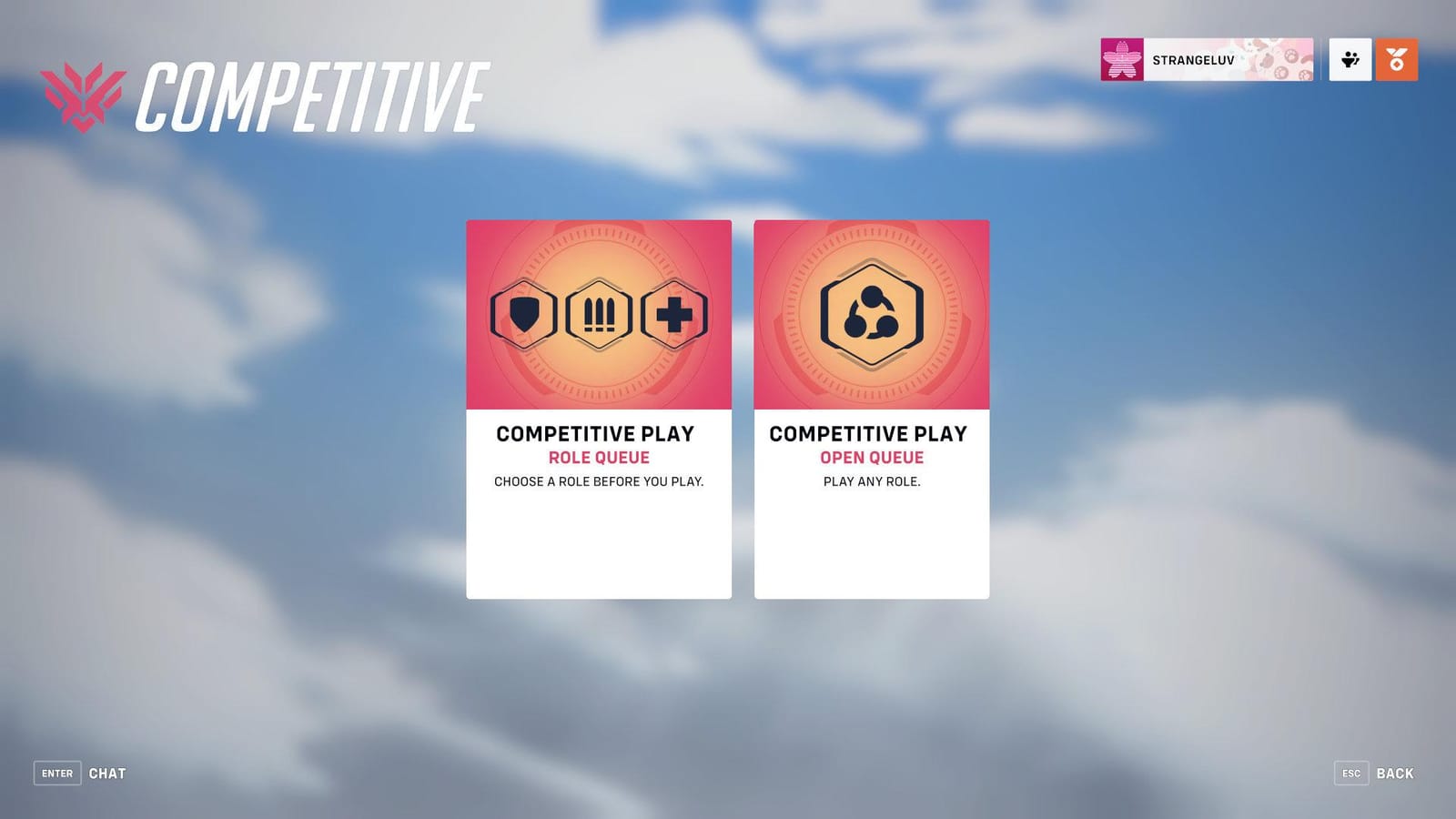

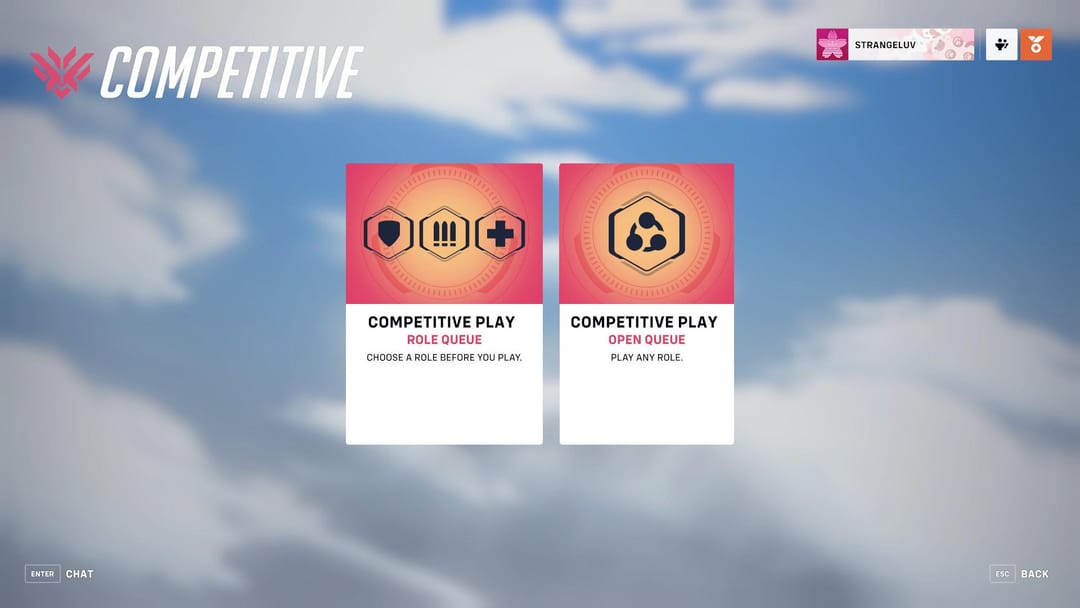
Overwatch 2's Competitive Mode provides players with a fun yet challenging environment to test their skills, cooperate with teammates, and ascend the ranks.
Therefore, understanding how this system works is crucial for anyone looking to measure their progress and earn those epic rank rewards.
This guide to Overwatch 2's competitive play will break down everything you need to know about the Overwatch 2 ranks and ranked system so that you can go in strong.
PS: Looking to hit the top ranks in Overwatch 2? Check out our one-on-one Overwatch 2 coaching sessions. For the price of a coffee order, it's a no-brainer!

The Competitive Mode in Overwatch 2 is the main ranked mode where players compete in structured matches to earn a competitive ranking. Unlike Quick Play, competitive matches have specific map pools and rule sets designed for balanced gameplay.
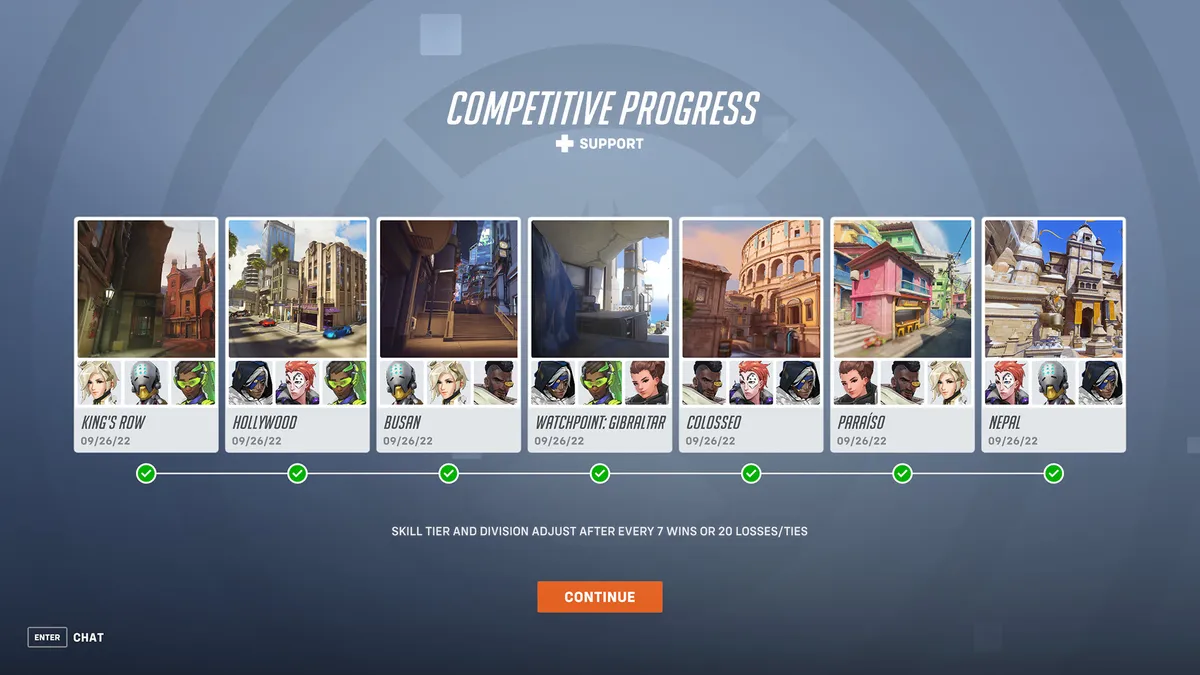
Before you can jump into the competitive scene, you need to unlock the mode. For new Overwatch 2 players, this involves winning a set number of Quick Play matches. Once unlocked, your journey begins with placement matches.
You'll play a series of placement matches (currently 10 for initial placements or after a significant rank reset) that help the Overwatch rank system determine your initial rank. Your performance in these matches, including wins/losses and individual contributions, influences your starting rank.

The Overwatch 2 ranked system organizes players into skill tiers and divisions. This structure provides a clear path for progression. There are eight primary skill tiers in Overwatch 2:
Within each tier (from Bronze to Grandmaster), there are five skill divisions, numbered 5 (lowest) to 1 (highest). For example, progressing through Gold involves moving from Gold 5 up to Gold 1 before entering Platinum 5. However, the Champion rank is unique and does not have numbered skill divisions.
Beyond the standard tiers, the highest-ranked players in each region are recognized on the Top 500 leaderboard. Achieving this requires reaching at least Diamond rank (historically, though specific requirements can vary slightly per season or mode) and playing a minimum number of competitive games.
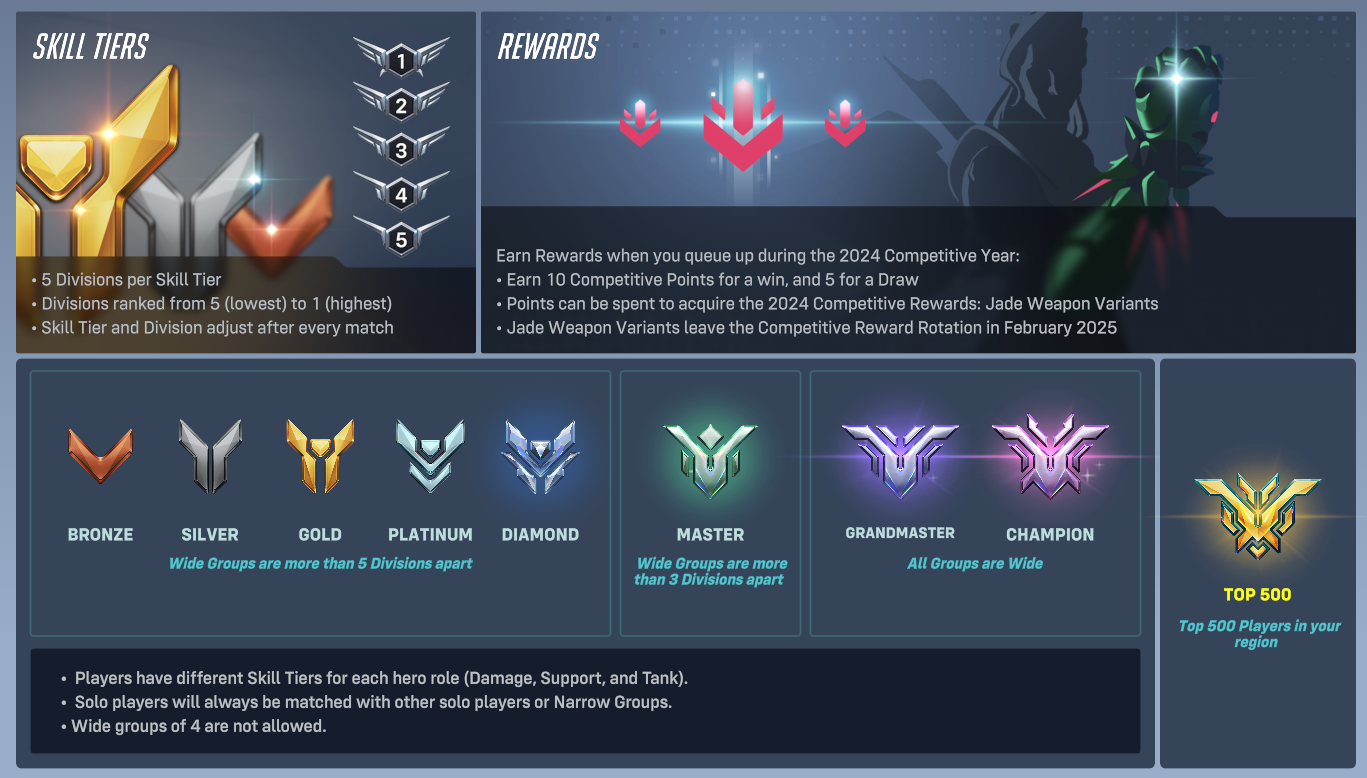
The Overwatch 2 ranking system works a little differently following the overhaul in Overwatch 2 Season 9. Here’s what you need to be aware of:
Unlike the previous system in Overwatch, where your rank updated after a set number of wins or losses, your rank progress now updates after every competitive match. You can see how much you gain or lose progress towards the next skill division or tier immediately following a ranked game.
After every competitive match, the system shows you the rank modifiers that influenced your progress change. These can include:
Although not directly visible, like the old SR system in Overwatch 1, a hidden matchmaking rating (MMR) remains the core of the matchmaking process. The goal is usually to have players within one skill tier or, at most, within two skill tiers in the same match, especially in high ranks, though queue times and player availability can affect this.
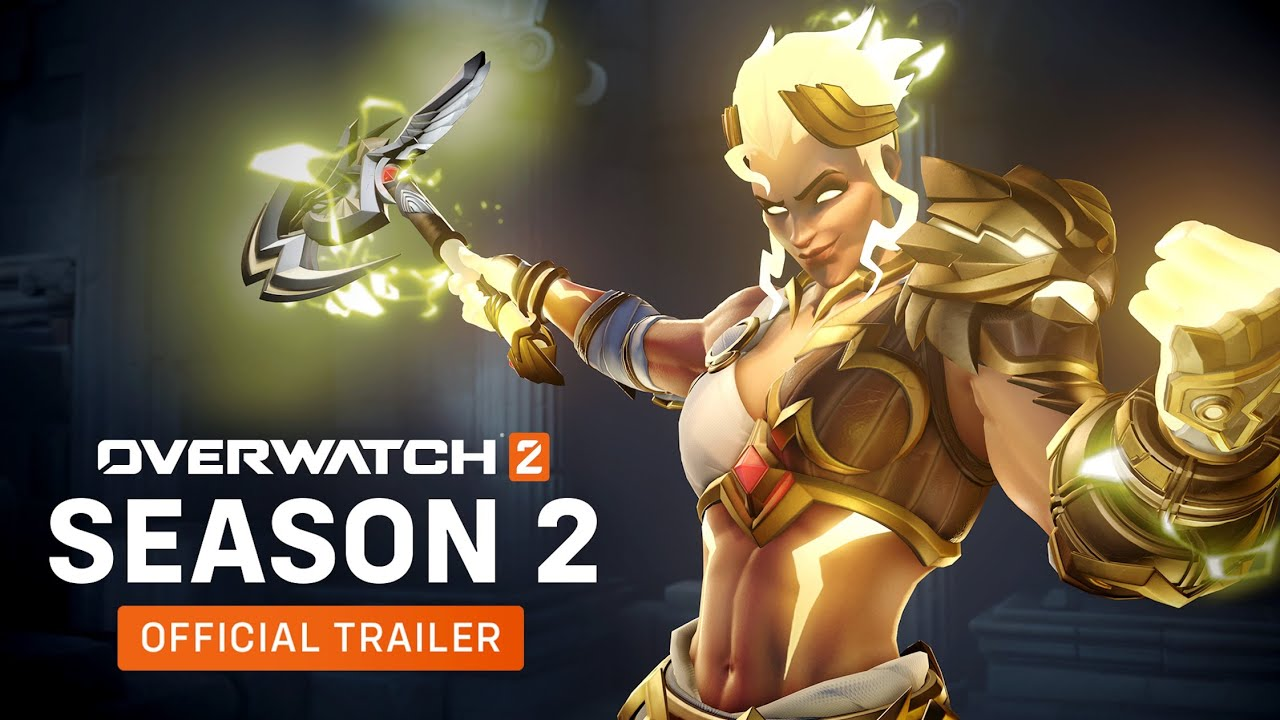
At the beginning of each new competitive season (typically lasting around nine weeks), a rank reset occurs. This is usually a "soft" reset, meaning your previous season's rank heavily influences your starting point, but you will need to play placement matches again to recalibrate your current rank for the new season. This helps keep the competitive ranking system fresh and accounts for player improvement or breaks in performance.
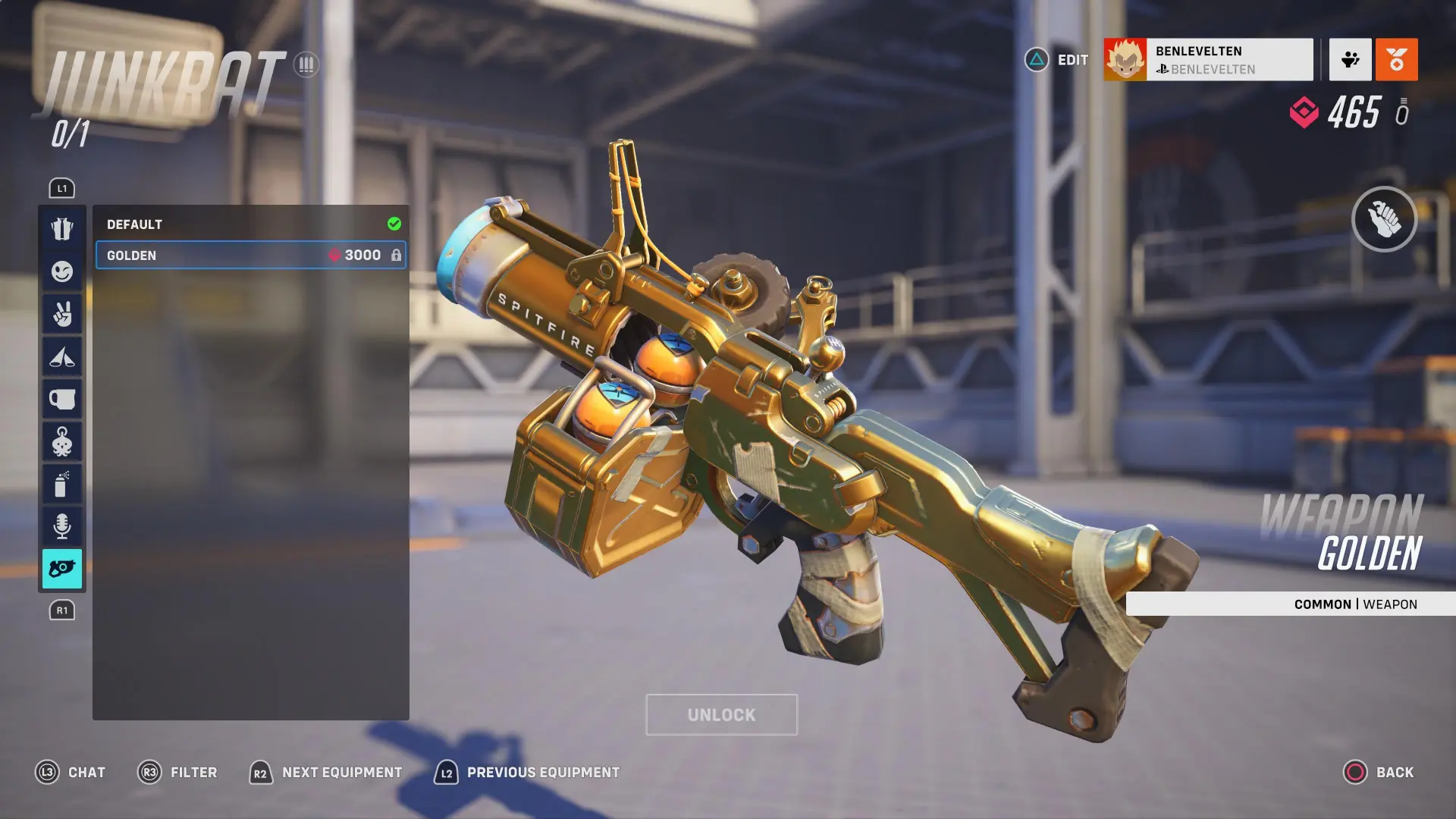
Playing competitive mode and getting a higher rank in Overwatch 2 comes with some great new rewards.